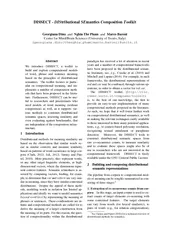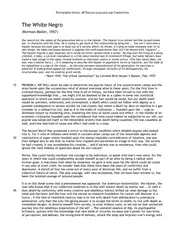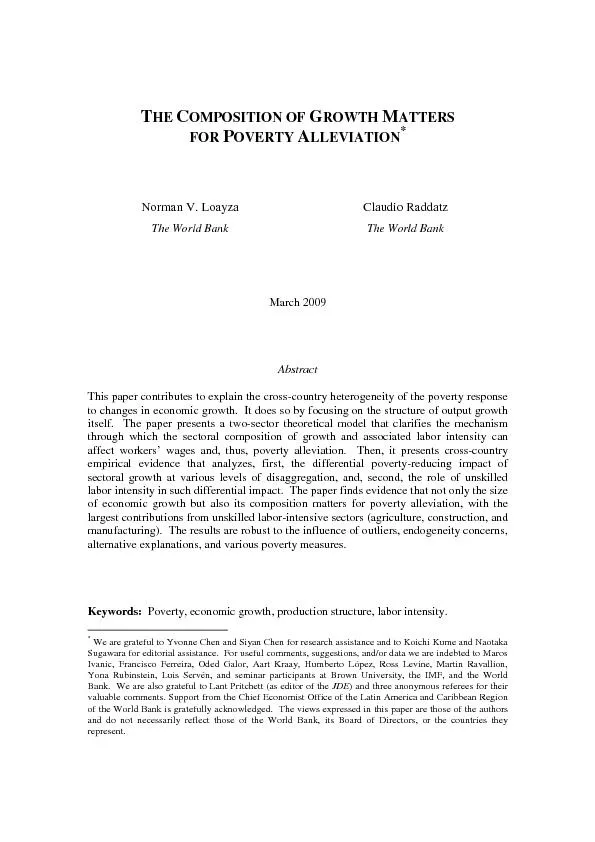PPT-I nvestigating the C omposition
Author : cheryl-pisano | Published Date : 2019-01-31
of E nceladus via Alex Gonring Capri Pearson Sam Robinson Jake Rohrig amp Tyler Van Fossen University of Wisconsin Madison P rimary L ander and U nderwater
Presentation Embed Code
Download Presentation
Download Presentation The PPT/PDF document "I nvestigating the C omposition" is the property of its rightful owner. Permission is granted to download and print the materials on this website for personal, non-commercial use only, and to display it on your personal computer provided you do not modify the materials and that you retain all copyright notices contained in the materials. By downloading content from our website, you accept the terms of this agreement.
I nvestigating the C omposition: Transcript
Download Rules Of Document
"I nvestigating the C omposition"The content belongs to its owner. You may download and print it for personal use, without modification, and keep all copyright notices. By downloading, you agree to these terms.
Related Documents









